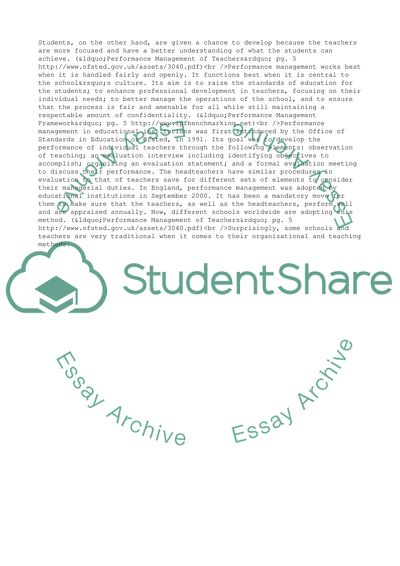Cite this document
(Performance Management in Schools Coursework Example | Topics and Well Written Essays - 2250 words - 1, n.d.)
Performance Management in Schools Coursework Example | Topics and Well Written Essays - 2250 words - 1. https://studentshare.org/management/1715455-performance-management
Performance Management in Schools Coursework Example | Topics and Well Written Essays - 2250 words - 1. https://studentshare.org/management/1715455-performance-management
(Performance Management in Schools Coursework Example | Topics and Well Written Essays - 2250 Words - 1)
Performance Management in Schools Coursework Example | Topics and Well Written Essays - 2250 Words - 1. https://studentshare.org/management/1715455-performance-management.
Performance Management in Schools Coursework Example | Topics and Well Written Essays - 2250 Words - 1. https://studentshare.org/management/1715455-performance-management.
“Performance Management in Schools Coursework Example | Topics and Well Written Essays - 2250 Words - 1”. https://studentshare.org/management/1715455-performance-management.


